Study Casts Doubt on Strange Alien-like Objects Found From Meteor
A Harvard professor had previously investigated metallic objects found at the bottom of the Pacific Ocean, suspecting them of having alien or extraterrestrial origins. He analyzed readings on a seismometer that counted as evidence for his hypothesis.
However, a new study seems to debunk the alien claim, citing that the professor had mistakenly been using seismology readings from a passing truck.
Harvard Professor
Avi Loeb is a Harvard professor and the director of Harvard University’s Computational Astrophysics Center. In 2023, he claimed that small metal spheres thought to be found from an exploded 2014 meteor “reflect an extraterrestrial technological origin.”
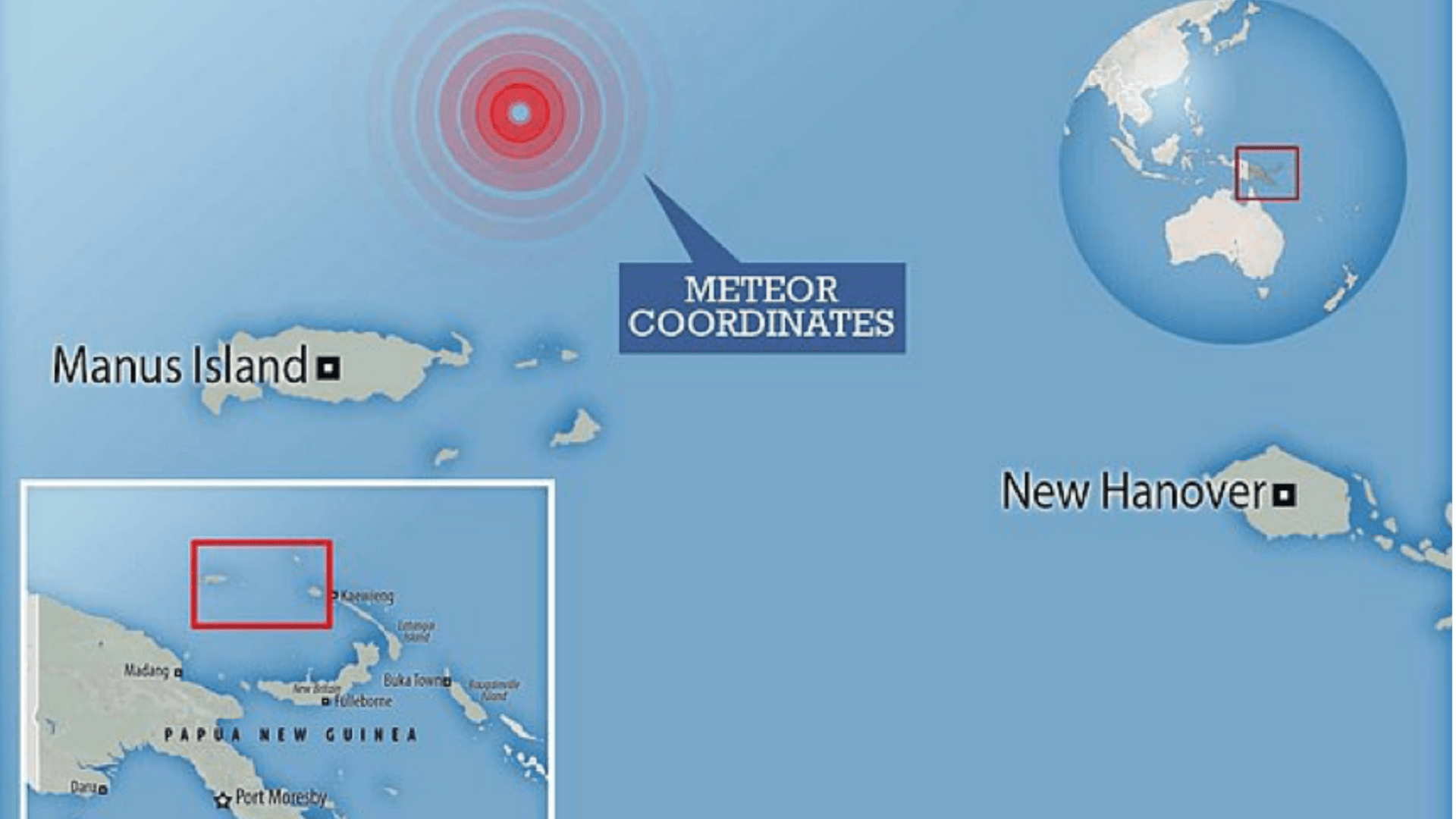
arxiv/Wikimedia Commons
These metallic objects had a strange composition which he was puzzled by.
Raising the Possibility
During comments to GBH’s Boston Public Radio, Loeb put forth his hypothesis that the meteor that crashed into the Pacific Ocean was actually created by another civilization that exists outside Earth.
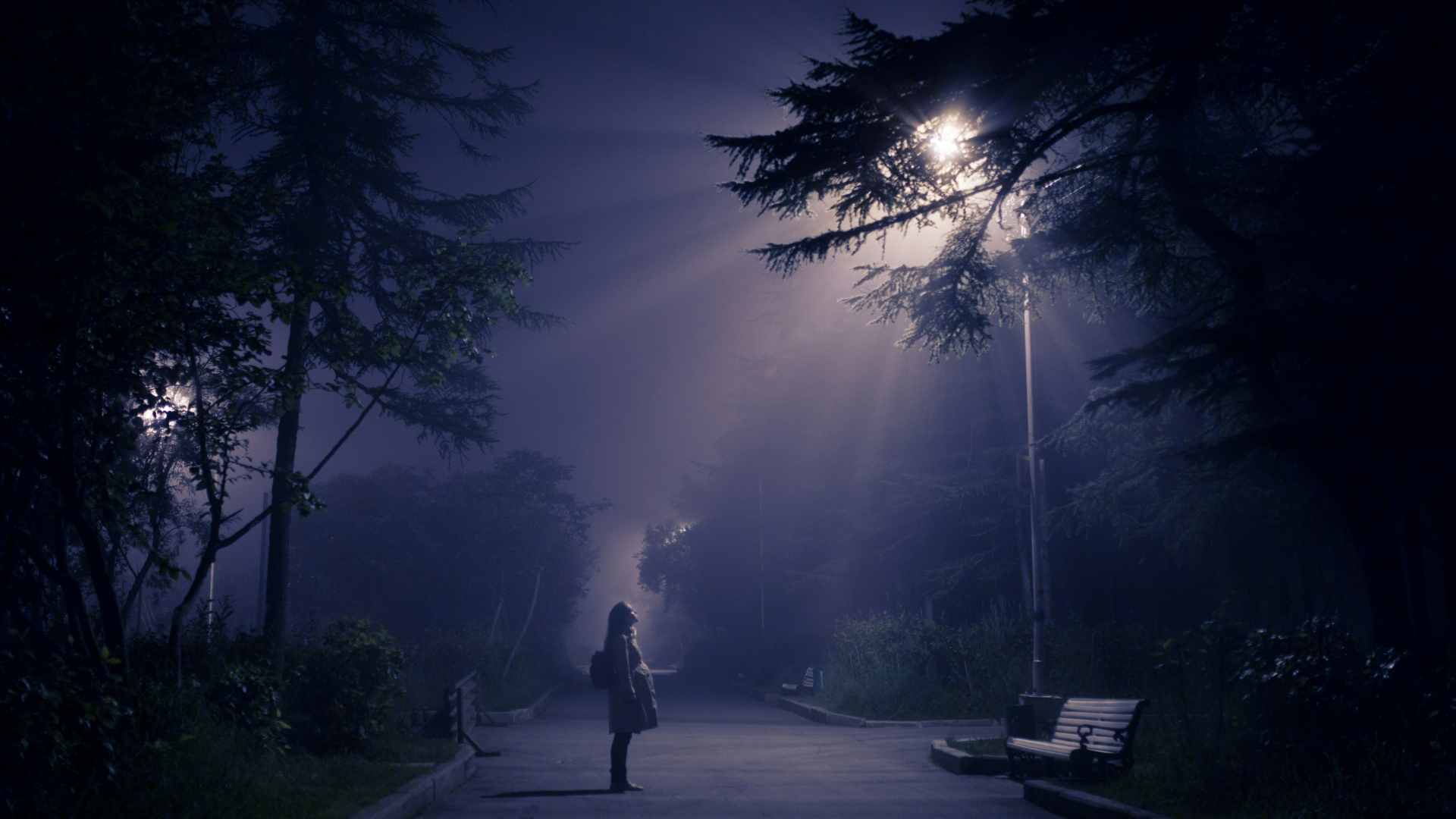
Source: Artem Kovalev/Unsplash
“It raises the possibility that it may have been a voyager-like meteor, artificially made by another civilization,” Loeb said.
Newest Study
A new study has come out that seems to contradict Loeb’s findings and hypothesis about the origin of these metallic objects.

Source: Erik Mclean/Unsplash
The study is being presented at the Lunar and Planetary Science Conference in Texas and purports to show that the readings Loeb detected on his seismometer may have actually been from the rumble of a truck.
Looking in the Wrong Place
In a statement ahead of the conference, the lead author of the study Benjamin Fernando, talked about how Loeb and researchers got it wrong.
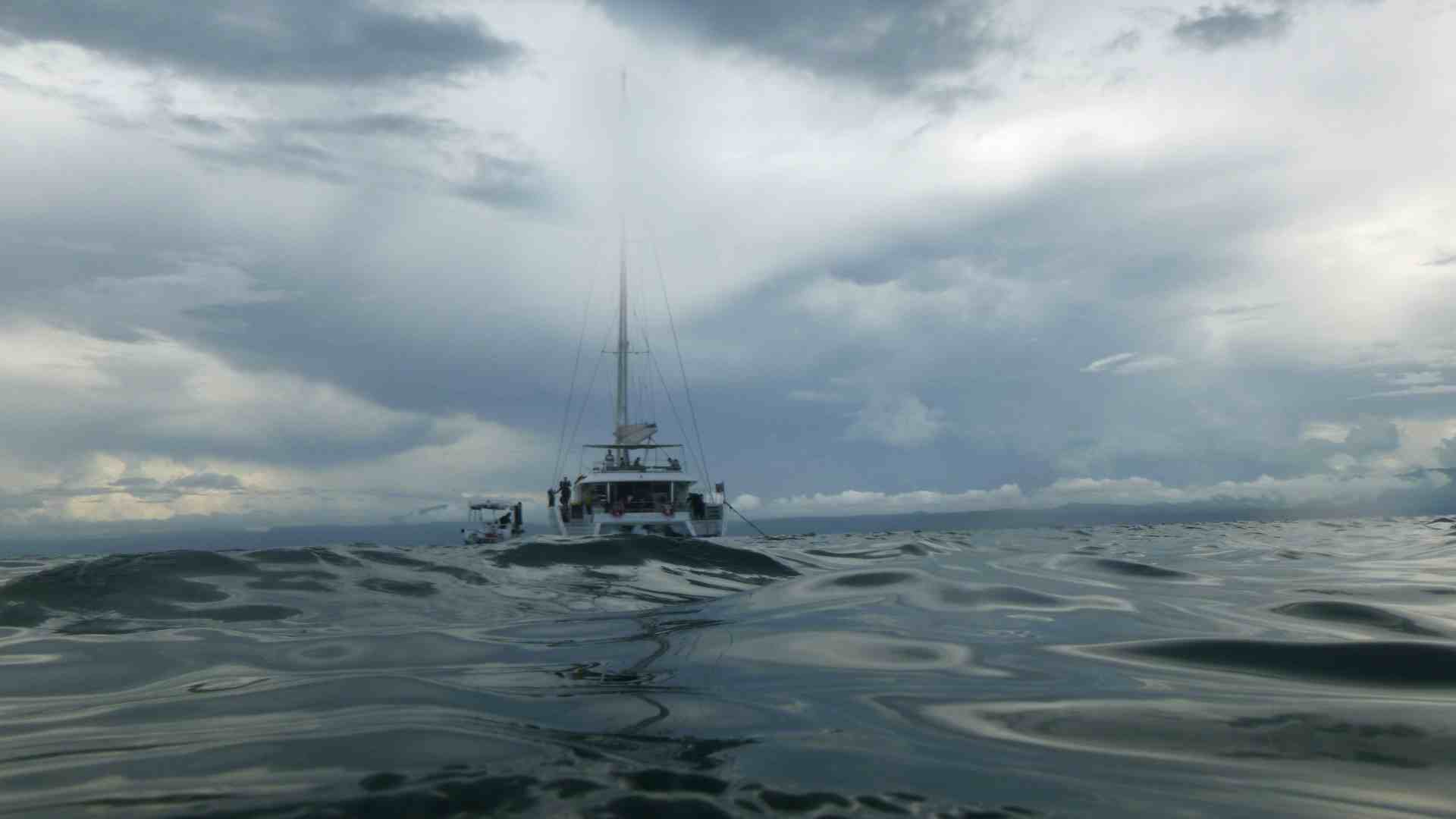
Source: Nico Smit/Unsplash
“The fireball location was actually very far away from where the oceanographic expedition went to retrieve these meteor fragments. Not only did they use the wrong signal, they were looking in the wrong place,” Fernando said.
Signal Changed Over Time
The sound waves recorded by the seismometer were suspected to be from a 2014 meteor that descended over Papua New Guinea before exploding. However, the study from Johns Hopkins University suggests with some confidence that it was actually vibrations from a truck.

Source: Petr Brož/Wikimedia
“The signal changed directions over time, exactly matching a road that runs past the seismometer,” said Fernando.
Loeb’s Findings Were Unrelated
In his comments, Fernando insists what researchers found on the sea floor cannot be from that meteor since the meteor descended in a location far away from the expedition area.

Source: ColinF/Wikimedia
“Whatever was found on the sea floor is totally unrelated to this meteor, regardless of whether it was a natural space rock or a piece of alien spacecraft—even though we strongly suspect that it wasn’t aliens,” he said.
More Likely Location
Fernando’s team of researchers analyzed additional data from stations in Australia and Palau to estimate a more likely area where the meteor descended. It is likely the meteor touched down more than 100 miles from where Loeb claims the meteor fragments were found.
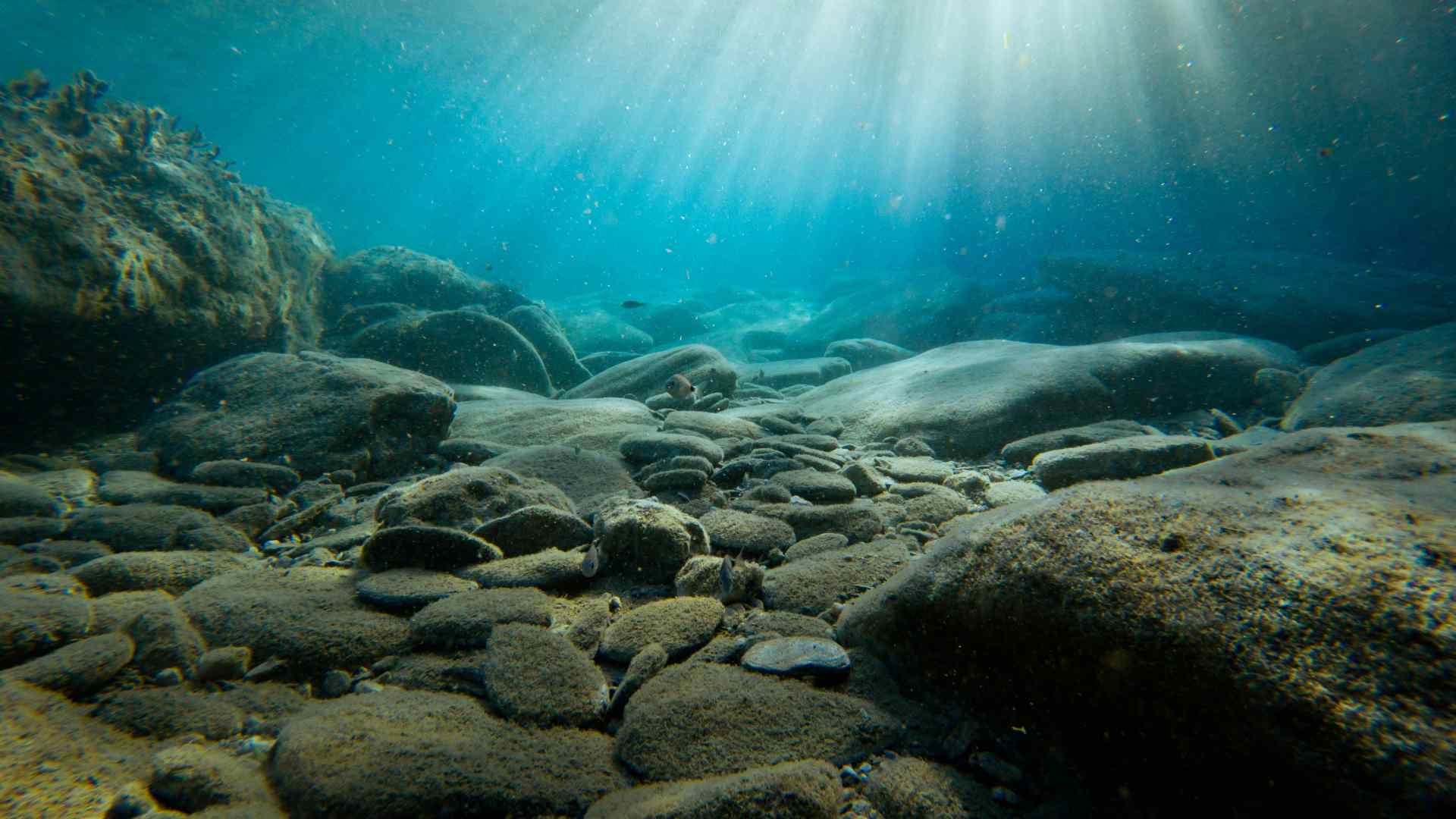
Source: Yannis Papanastasopulos/Unsplash
Their research estimates that what was recovered from the bottom of the Ocean were ordinary meteorites that became contaminated when they hit the Earth’s surface.
Other Studies
After Loeb made his claims in 2023, a study in October sought to contradict his assertions. This study by Patricio A. Gallardo found that the metallic spherules found in the Pacific Ocean were unlikely to have a meteoric origin.
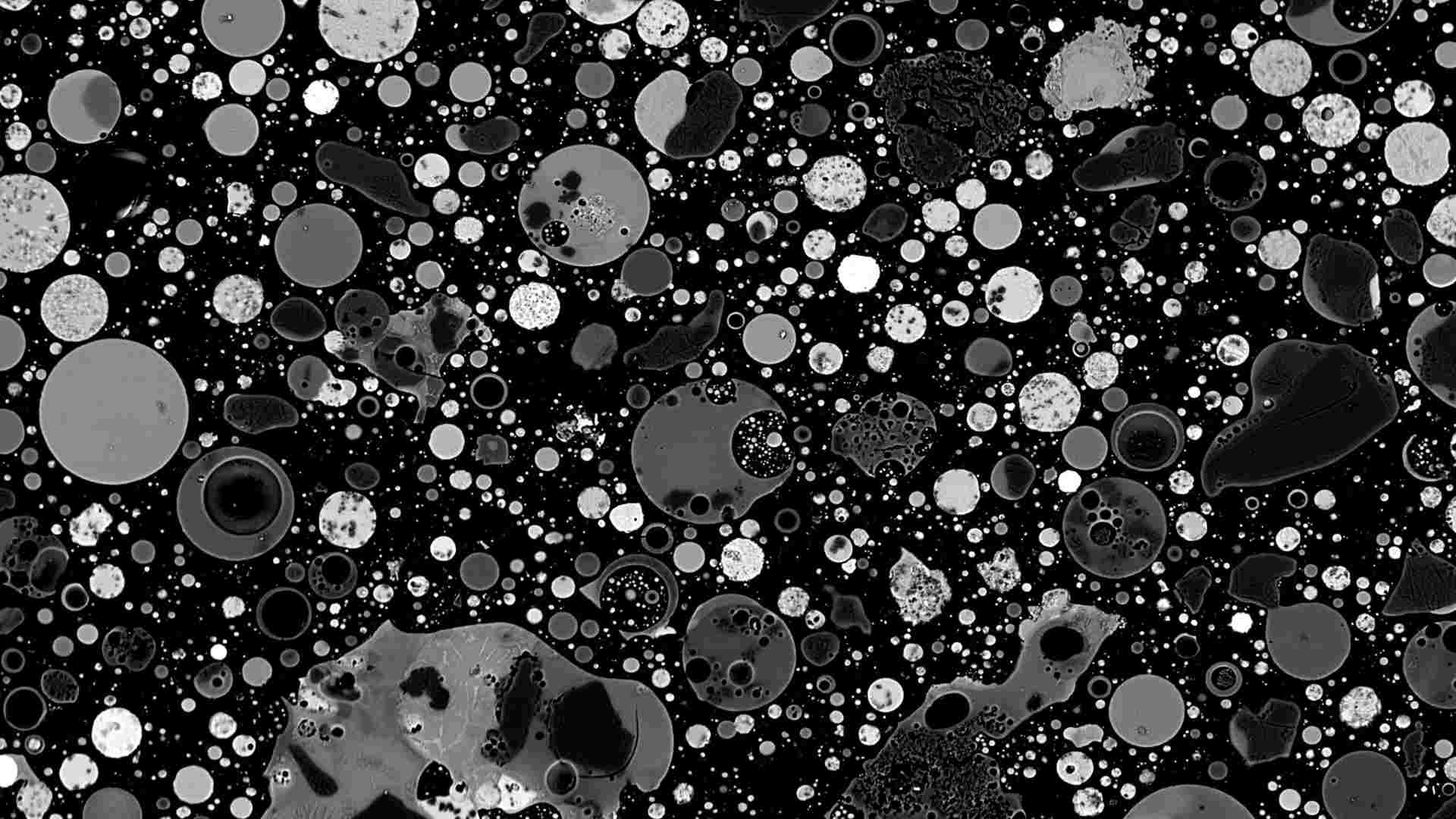
Source: wabeggs/Wikimedia
Instead of what Loeb put forward, the study asserts what was found is more consistent with coal ash, a type of leftover contaminant.
Loeb’s Response
Loeb has held strong in his original assertions, pushing back against these contradictory studies. In a medium post, he addressed the critiques of other researchers.

Source: Ruddy Media/Unspash
“In an unrefereed preprint and an accompanying press release, Ben Fernando and collaborators argue today that the localization of IM1 is highly uncertain based on public seismometer data alone. The authors ignore the DoD localization data and claim that based on seismometer data alone, IM1’s localization is unknown within a much larger region. There is nothing one could say to people who choose to dismiss reliable DoD information,” wrote Loeb.
Not Coal Ash
In his medium post, Loeb outlines how the metallic spherules’ chemical composition is not consistent with coal ash.
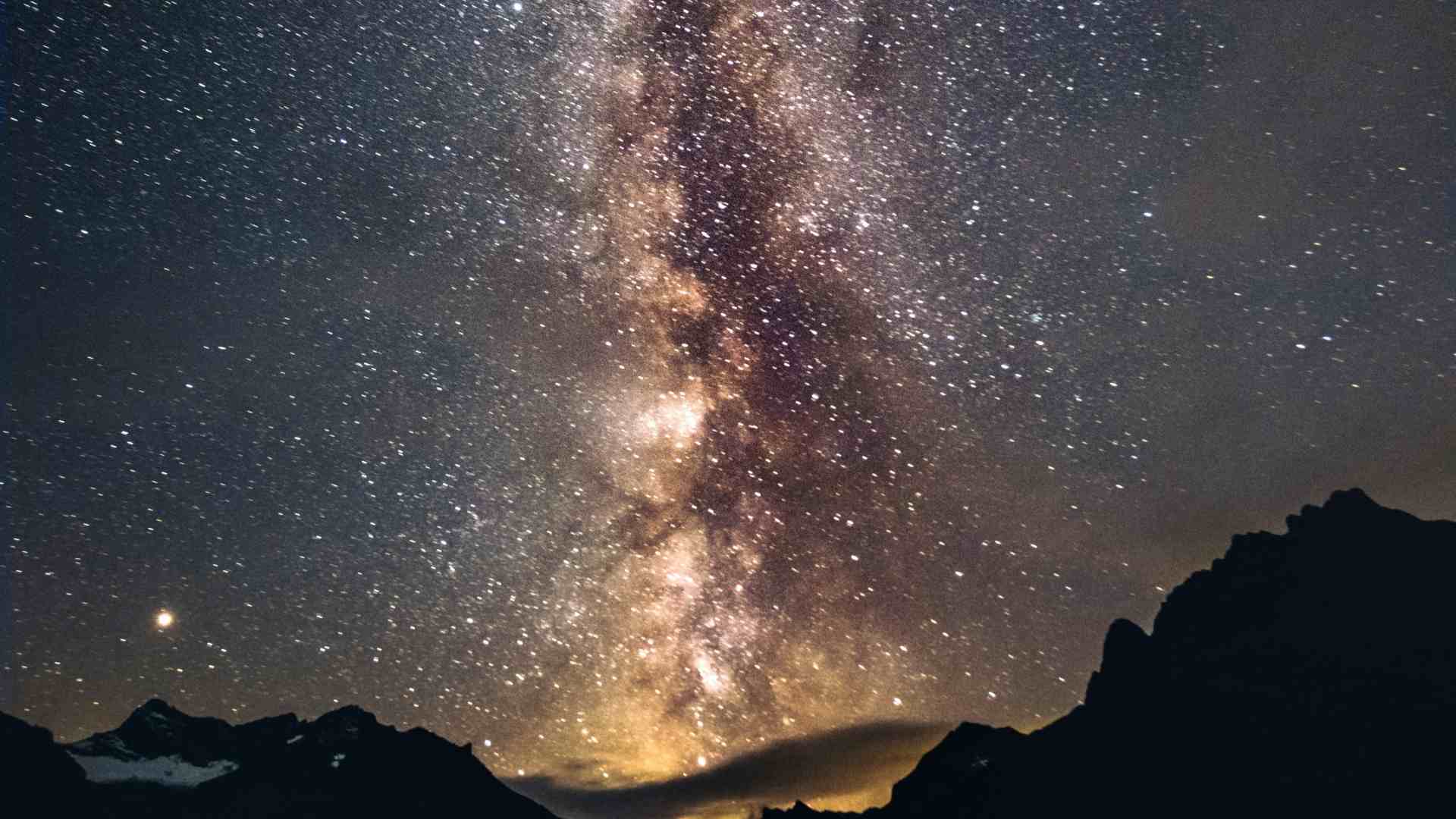
Source: Marek Piwnicki/Unsplash
“Our research team’s analysis of 60 elements from the periodic table shows that these spherules are not coal ash, and did not originate from the crust of the Earth, the Moon or Mars. The “BeLaU”-type abundance pattern is unprecedented in the scientific literature and could have originated from differentiation in a magma ocean on an exo-planet with an iron core,” he wrote.
Loeb Wants All Data To Be Considered
In his post, Loeb is critical of the researchers who are contradicting his hypothesis, suggesting they are ignoring critical data.

Source: Greg Rakozy/Unsplash
“The astronomers who dismiss the DoD data and argue that it must be entirely wrong, should lose sleep at night because their mistrust implies that their safety is not secured and their taxes are wasted on an unreliable national security infrastructure,” Loeb writes.
